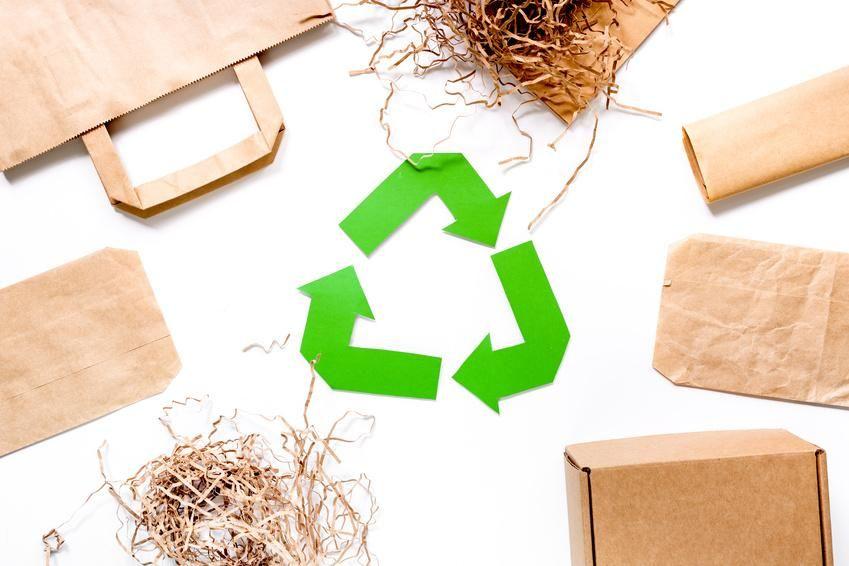Biodegradable Packaging Market Growth Challenges in Developing Economies Due to Low Awareness and Costs

The biodegradable packaging market has experienced significant traction in recent years due to heightened environmental awareness, regulatory interventions, and a shift in consumer preferences toward sustainable alternatives. Despite this growth, the market faces several formidable challenges that hinder its widespread adoption and long-term scalability. This article explores the key obstacles to growth in the biodegradable packaging industry and the strategic approaches companies must adopt to navigate these hurdles.
1. High Production Costs
One of the most significant challenges to the growth of the biodegradable packaging market is the high cost of production compared to traditional plastic packaging. The materials used in biodegradable packaging—such as polylactic acid (PLA), starch blends, and cellulose—are often more expensive due to limited raw material availability and less mature production technologies. Additionally, the manufacturing processes for biodegradable products may require specialized equipment or energy-intensive procedures, increasing operational costs. These elevated expenses translate to higher prices for end-users, which can deter adoption, especially in cost-sensitive markets such as food retail or logistics.
2. Limited Industrial Composting Infrastructure
While biodegradable packaging is designed to break down in composting environments, the infrastructure to support this is lacking in many regions. Industrial composting facilities that meet the conditions required for biodegradation (specific temperature, humidity, and microbial activity levels) are scarce, particularly in developing countries. Without adequate composting systems, biodegradable packaging often ends up in landfills where it degrades much more slowly—or not at all—thus undermining its environmental benefits. This mismatch between product design and waste management capabilities limits the effectiveness and appeal of biodegradable packaging solutions.
3. Performance Limitations and Durability
Biodegradable packaging materials often underperform when compared to conventional plastics in terms of durability, moisture resistance, and barrier properties. These performance constraints make them less suitable for packaging certain products—especially perishables, oily foods, or items requiring extended shelf life. Additionally, temperature sensitivity in some biodegradable plastics can cause deformation during storage or transport. Manufacturers must continuously innovate to improve the performance of biodegradable materials while maintaining eco-friendliness, which can further strain R&D budgets and slow market penetration.
4. Consumer Misunderstanding and Greenwashing Concerns
Another barrier to growth is widespread consumer confusion regarding the differences between biodegradable, compostable, and recyclable materials. Misunderstanding leads to improper disposal practices, which negatively affect the environment and the credibility of sustainable packaging solutions. Moreover, as demand for eco-friendly products rises, so does the incidence of greenwashing—where companies make unsubstantiated environmental claims. This not only misleads consumers but also creates mistrust in genuinely sustainable options, thereby stalling broader market acceptance.
5. Regulatory and Certification Complexities
The biodegradable packaging industry is subject to a patchwork of regional regulations and certification standards. What qualifies as "biodegradable" in one country may not meet the criteria in another, leading to confusion and additional costs for companies operating internationally. Compliance with different certifications—such as EN 13432 in Europe or ASTM D6400 in the U.S.—requires time, testing, and resources. This fragmented regulatory environment complicates market entry and scaling for new players and small-to-medium enterprises (SMEs).
6. Limited Consumer Willingness to Pay Premium Prices
While there is growing environmental awareness among consumers, their willingness to pay more for biodegradable packaging remains inconsistent. In many markets, particularly in developing economies, price remains the dominant purchasing factor. Even environmentally conscious consumers may opt for cheaper, non-biodegradable alternatives when faced with significant price differences. This price sensitivity places additional pressure on manufacturers to lower costs without compromising performance or sustainability—a difficult balance to strike.
Conclusion
The biodegradable packaging market holds significant promise in addressing global plastic pollution and aligning with circular economy goals. However, realizing its full potential requires overcoming several interlinked challenges—including high costs, infrastructure gaps, performance issues, regulatory complexity, and market perception. Stakeholders across the value chain—governments, manufacturers, retailers, and consumers—must collaborate to foster innovation, streamline regulations, and build the necessary infrastructure. Only through coordinated efforts can the biodegradable packaging market overcome its current growth hurdles and achieve long-term sustainability.
- Art
- Causes
- Crafts
- Dance
- Drinks
- Film
- Fitness
- Food
- Games
- Gardening
- Health
- Home
- Literature
- Music
- Networking
- Other
- Party
- Religion
- Shopping
- Sports
- Theater
- Wellness


